Diving way down south
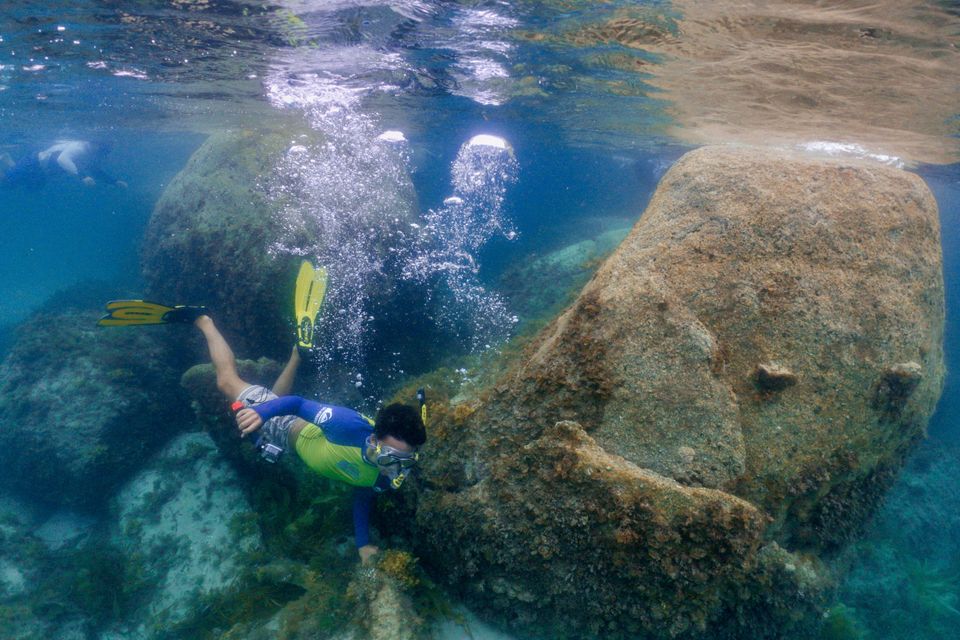
Western Australia's southern coast is perhaps best known for surfing, but there is also excellent diving and snorkelling to be found. Green's Pool in William Bay National Park is one of the most beginner-friendly snorkelling sites out there. The Herschel wreck off Albany is a rarely-dived wreck, and perfect for the adventurous diver.
Green's Pool and Madfish Bay
William Bay National Park. Depth 1-4m. Snorkel.
Most conditions, reasonable swell.
Green's Pool and Madfish Bay are just off William Bay National Park, 20 minutes drive west of Denmark. The granite boulders shelter the waters inside from the energetic Southern Ocean.
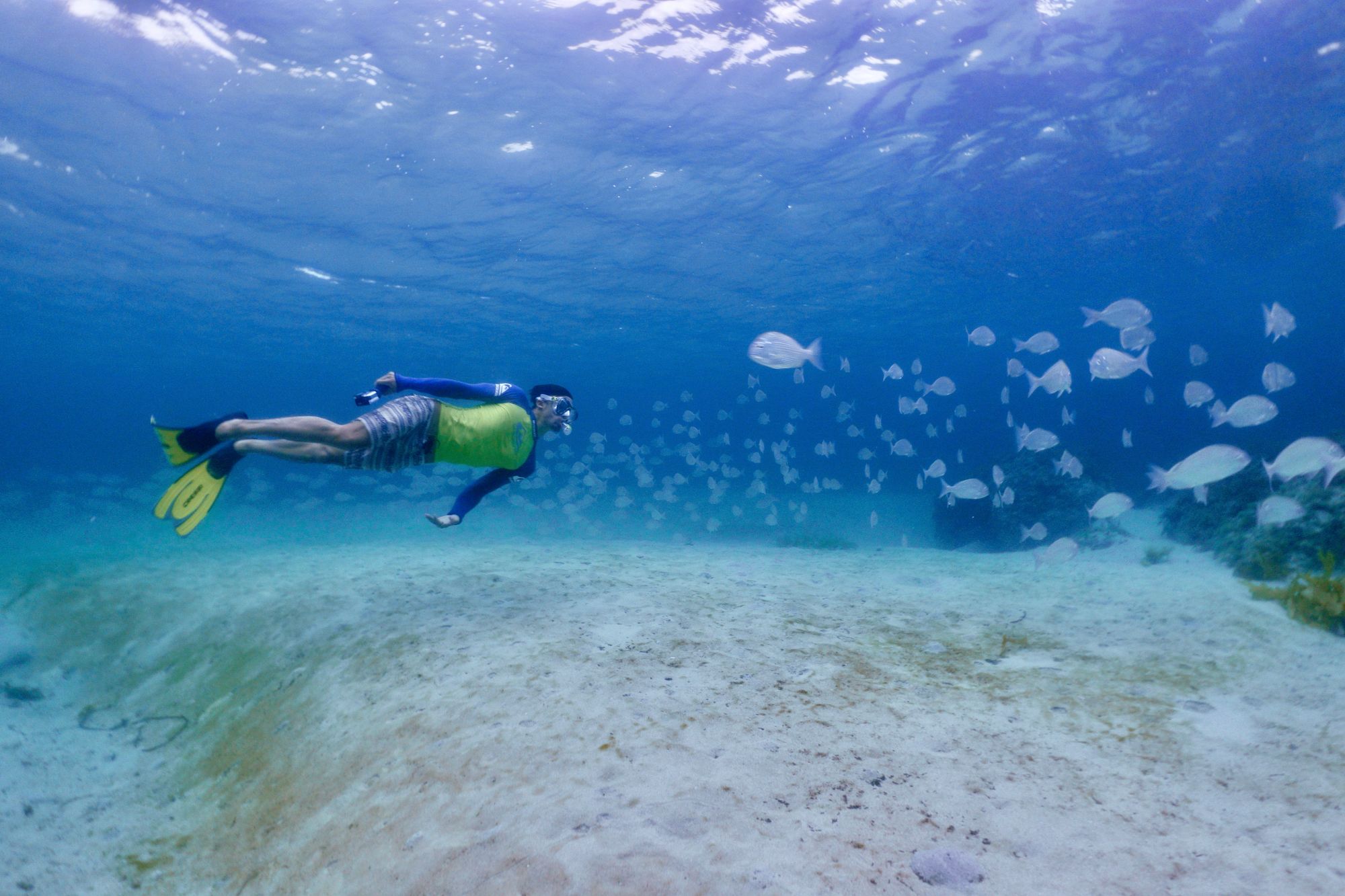
The pools feel like an aquarium, with clear waters and plenty of fish. We visited last week as a storm blew in, and beneath the waves it was serene.
The granite is fun to explore, and some boulders have sheer sides deep enough to jump from. It's a safe and approachable snorkel - with the crowds to match. You should arrive very early to get a park close by.
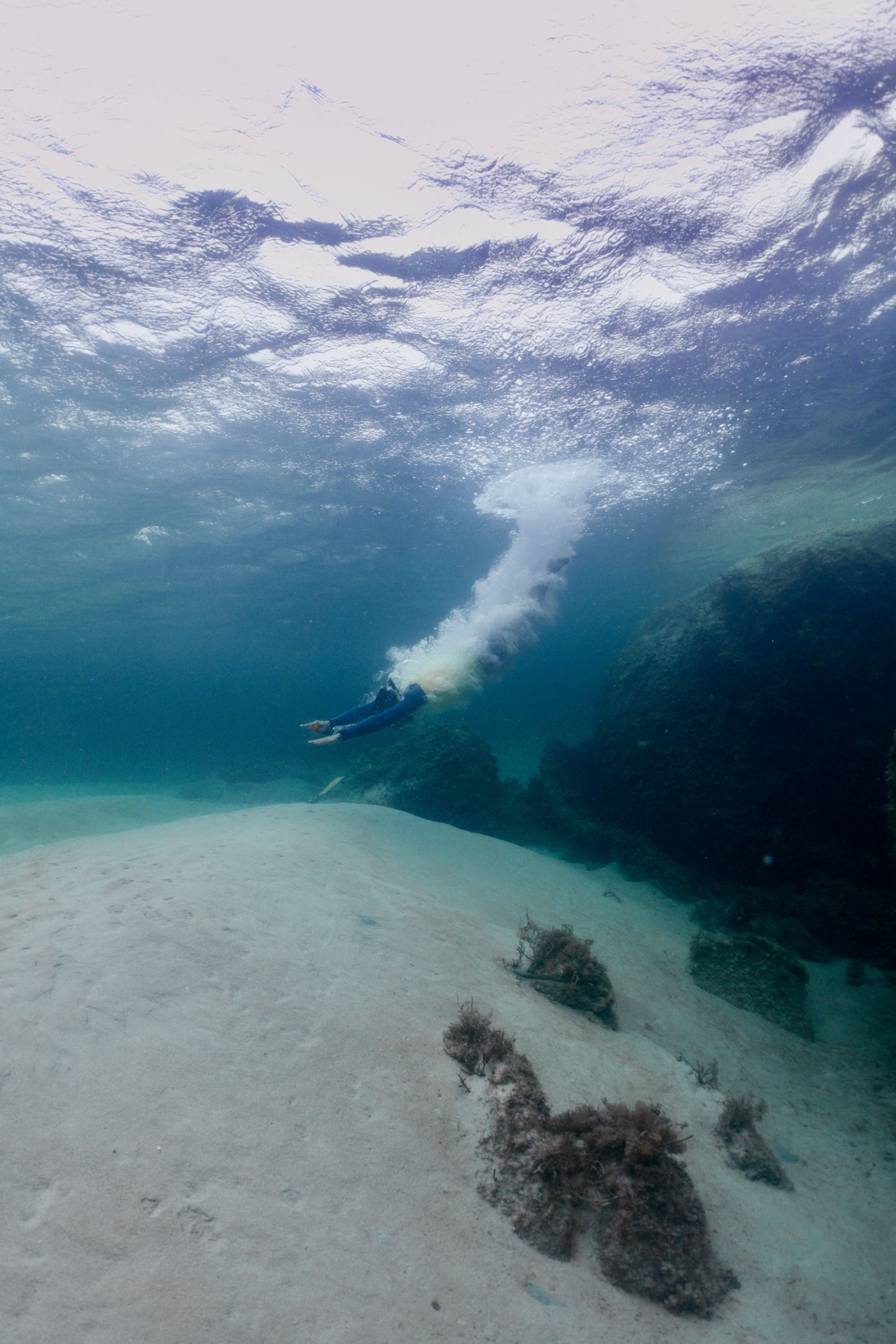
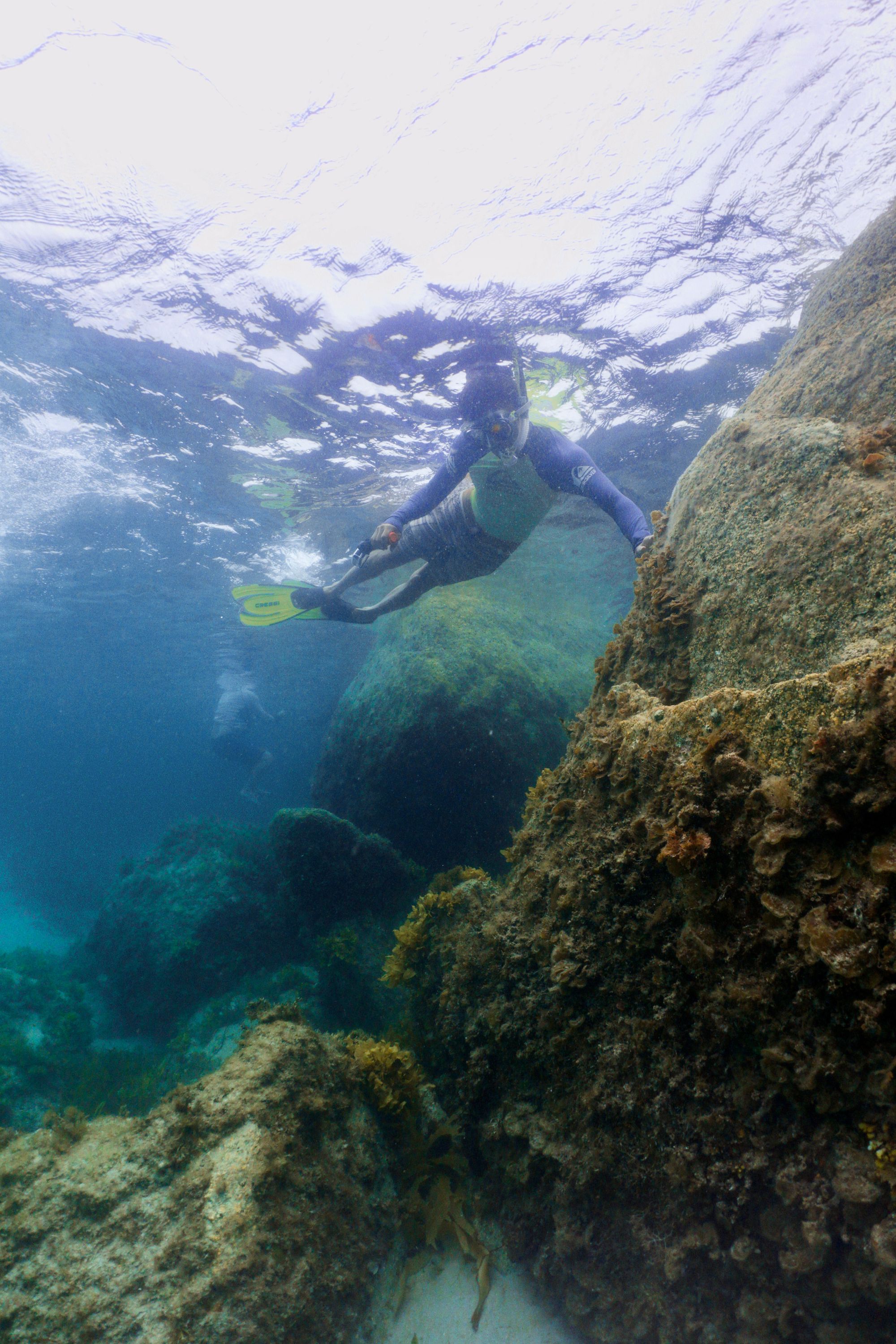
A couple of minutes down the road is Madfish Bay, which is equally protected by granite barriers. If you are visiting Green's Pool, stop by here as well. It is a bit quieter, which can be your lifeline for finding a parking spot. You can swim on either side of the sand bank, or wade across and explore the island.
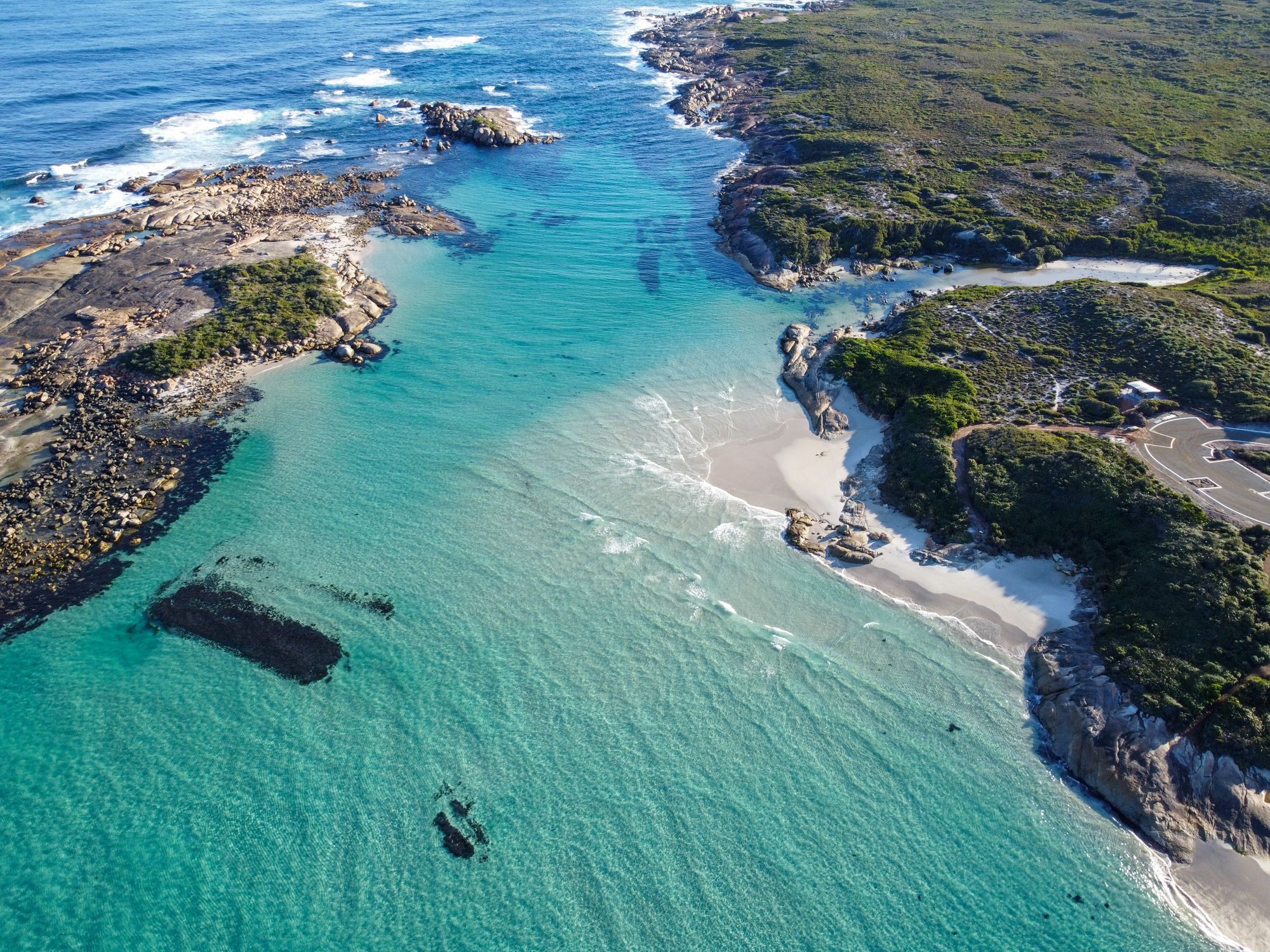
Herschel Shipwreck
Little Island, Two Peoples Bay. Depth 16-22m. Dive.
Low swell (less than a metre).
Herschel was an iron sailing ship, built in 1857. In the 1870s it was used to carry immigrants to Queensland, and following that it was used as a coal hulk around Albany. In 1908 it was deliberately sunk off the eastern slope of Inner Island, east of Albany.
It isn't a major dive attraction - but don't let that stop you. It should be dived on an advanced ticket due to the depth, but it's a beautiful and sheltered site of historical interest.
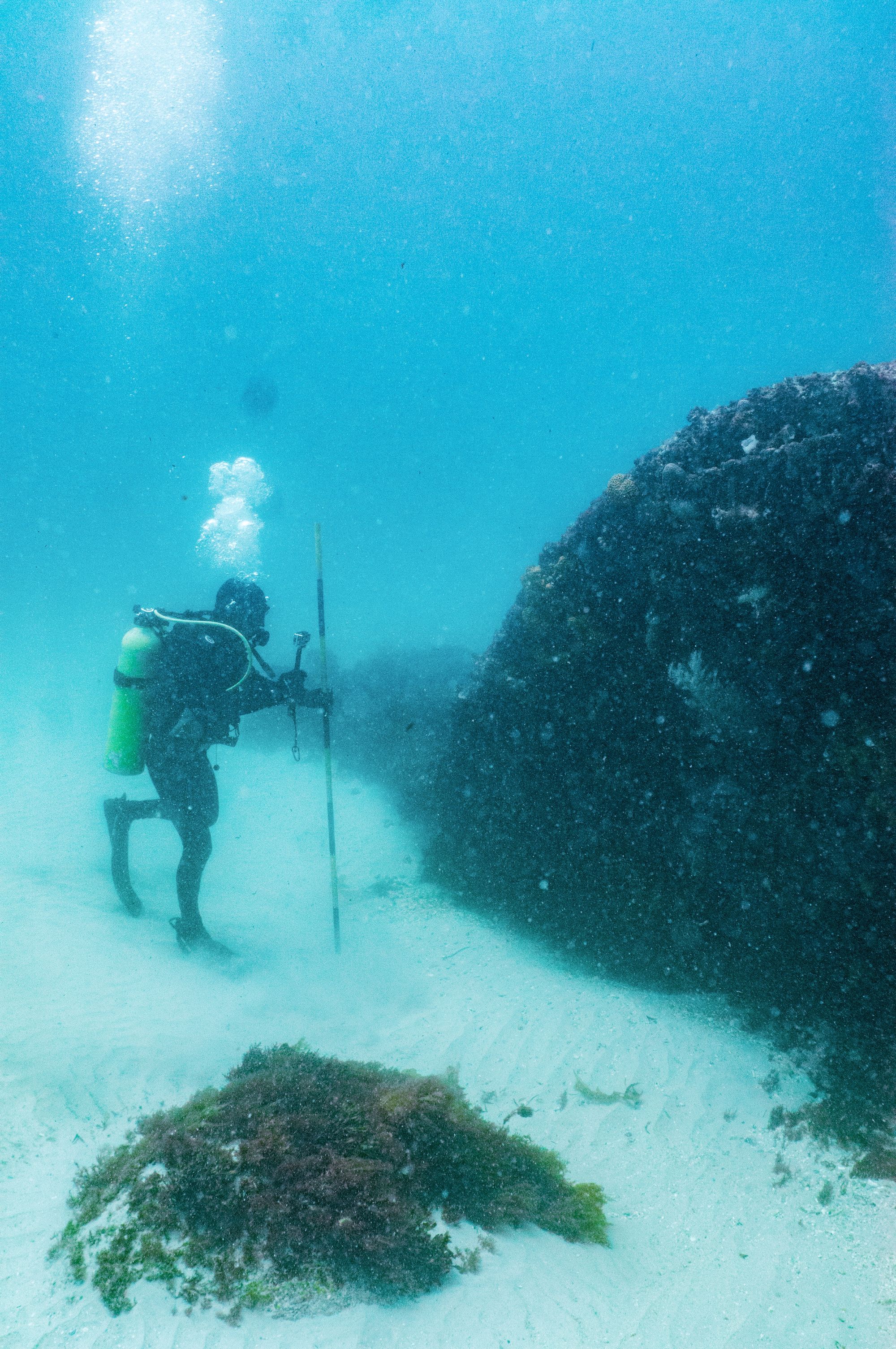
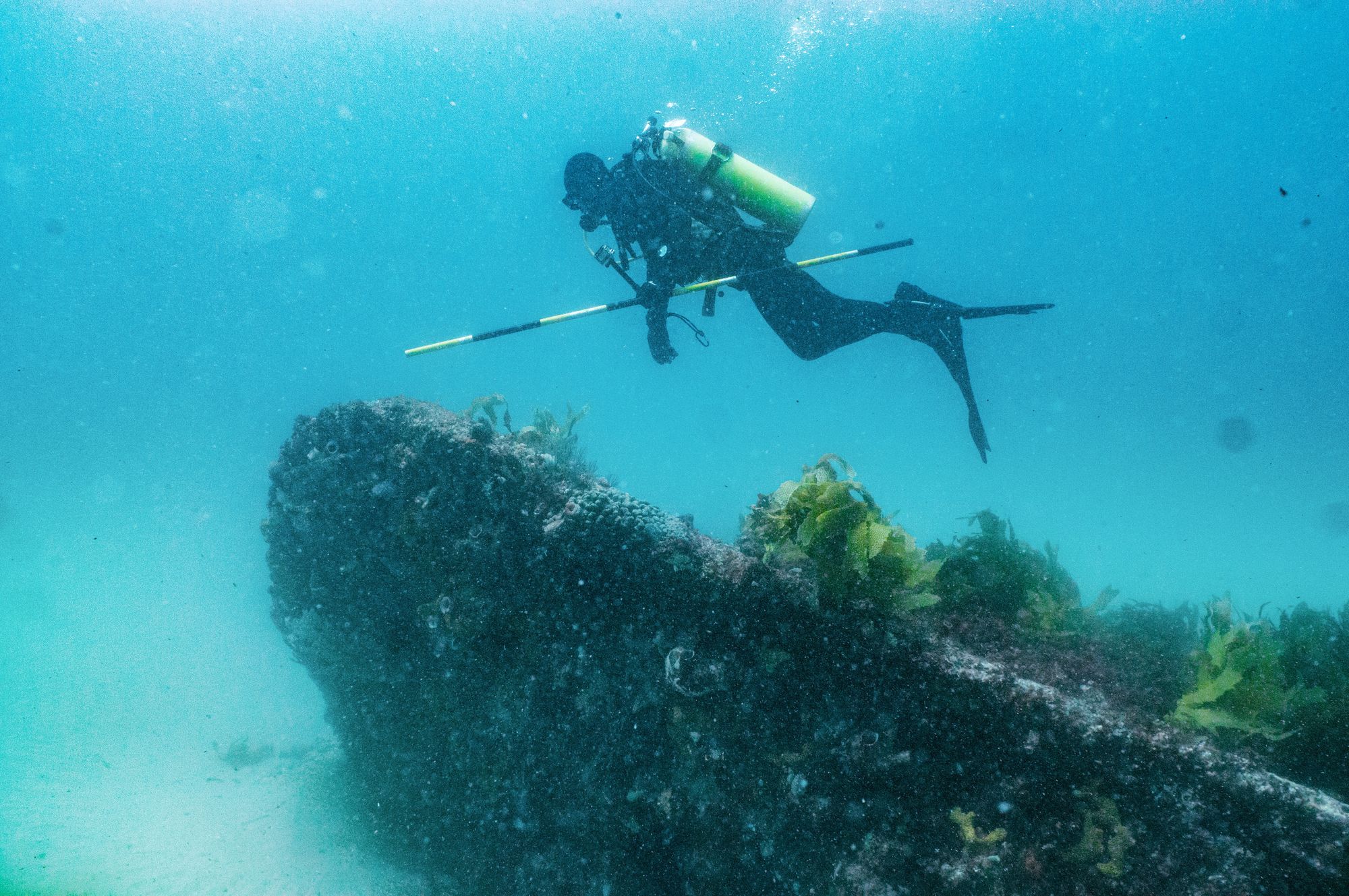
The wreck is almost entirely broken up, but it is still recognisable as a vessel about 50m in length. The bow section has broken off entirely and lies on the sandy bottom. The rest of the hull is collapsed over the slope, with the stern at the other end. On the stern, you can see supports for a lower and upper deck - consistent with Herschel's historically recorded structure.
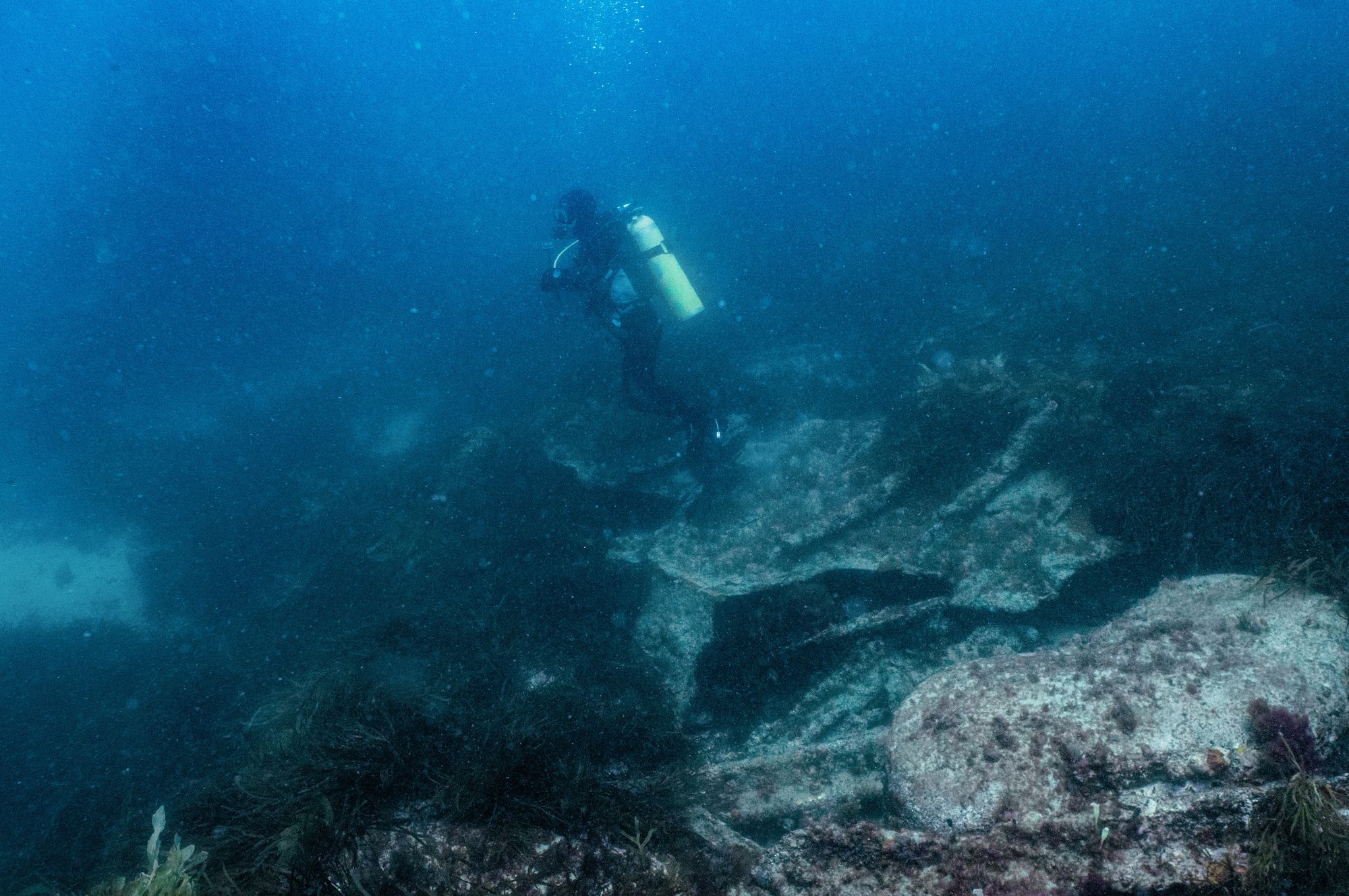
To find the wreck, you will have to boat out to Inner Island following the Museum's coordinates. There is a distinctive vein in the granite, which marks the site. Follow the slope down from there and you should find it.
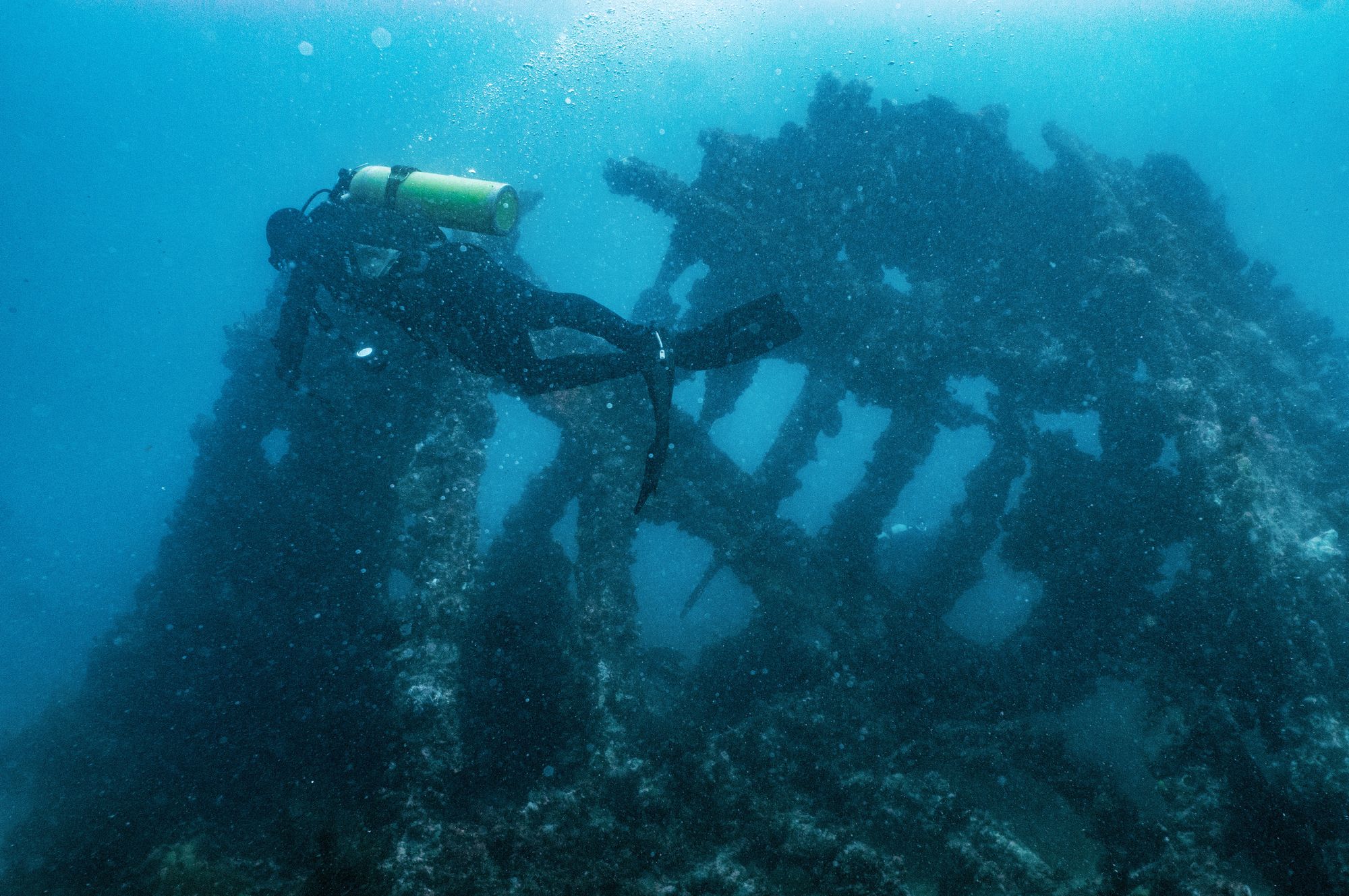
The wreck was rediscovered in 2018 by Marc Payne, who was working in the area as an abalone diver. Marc is an incredibly interesting guy - he spends more time underwater than almost anyone else, and dives in a scooter-powered shark cage.
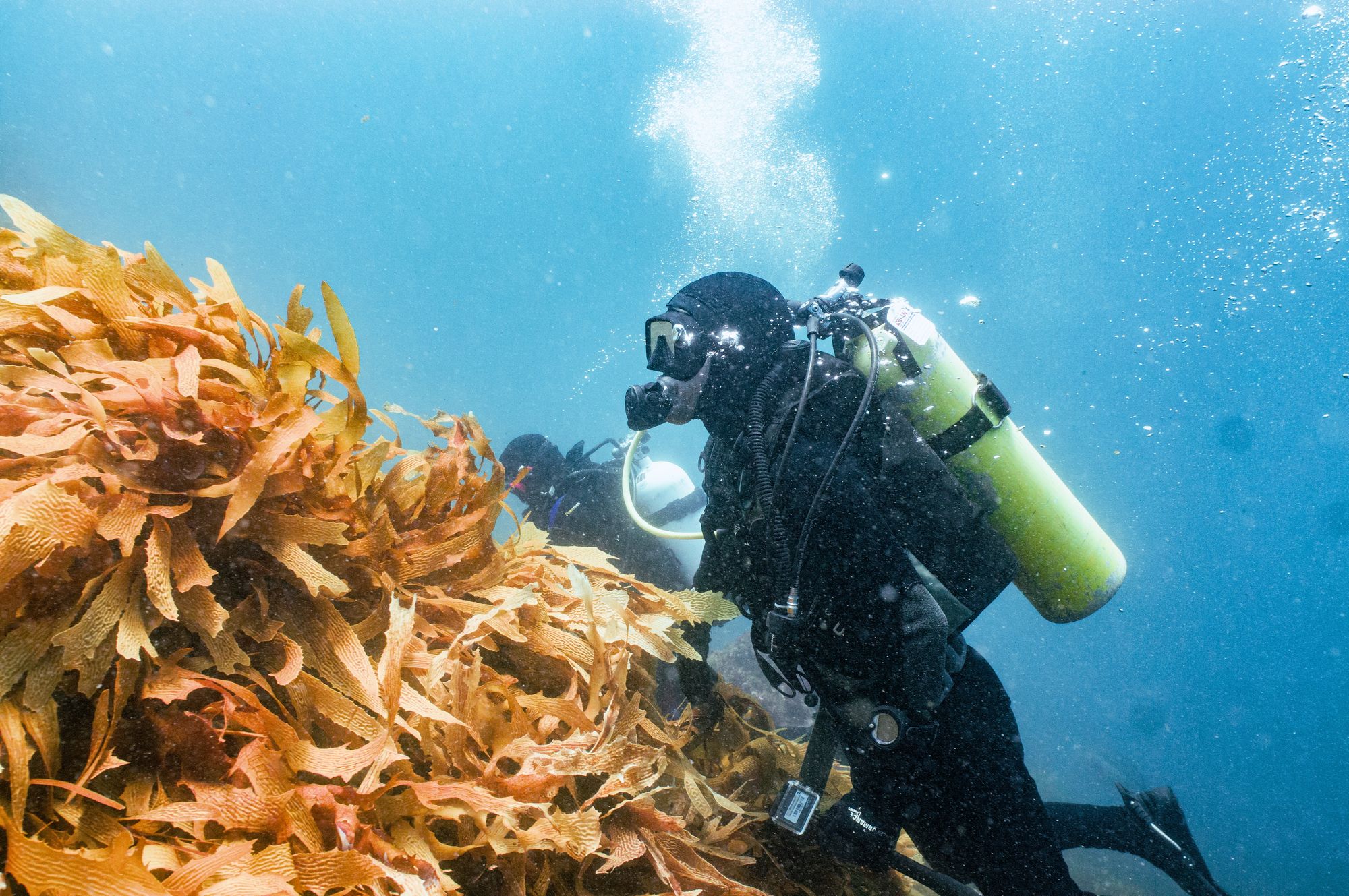
This site is special to me because I volunteered on the WA Museum's shipwreck inspection when this site was first reported, the summer before I started working there as a maritime archeologist. We mapped the site out, measured some features, and recorded the bow and stern using 3D photogrammetry.
Any newly-located shipwrecks in Western Australia are inspected by the Museum, so they can be mapped and identified. If you ever find a shipwreck - now you know who to call!
Every Thursday this summer I will be writing about one dive and one snorkel site around Perth.
Next week's theme is: 'Club dives'.
Subscribe to the newsletter so you don't miss it.

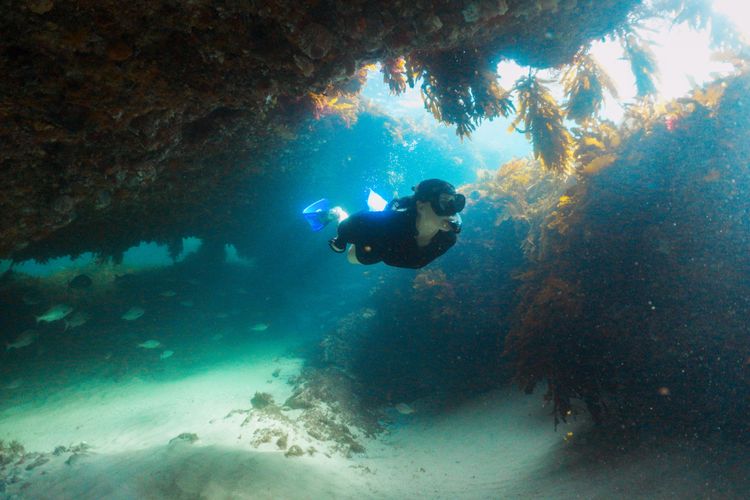
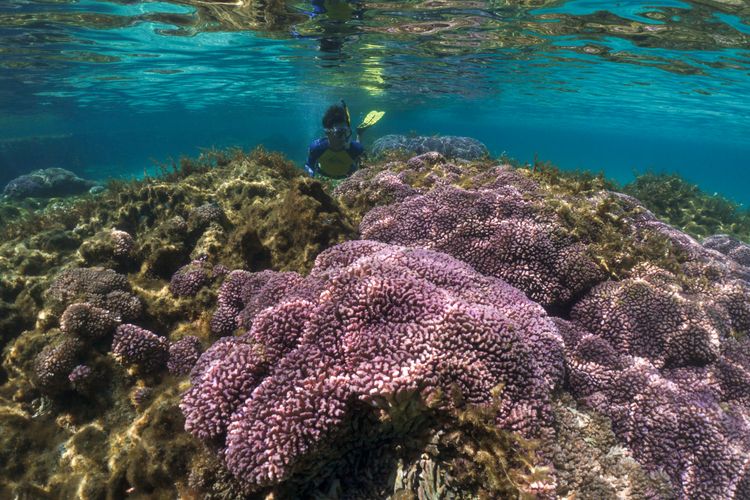
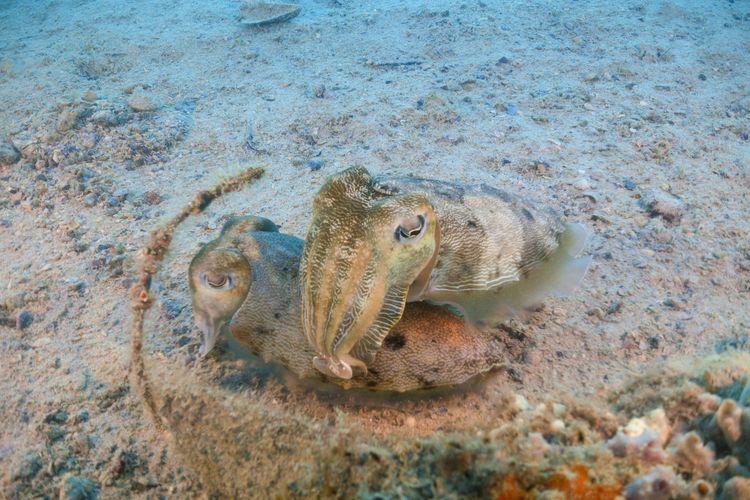
Comments ()